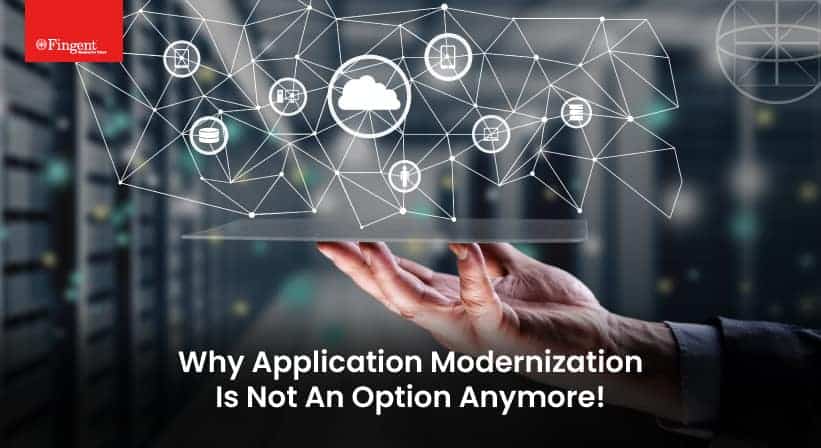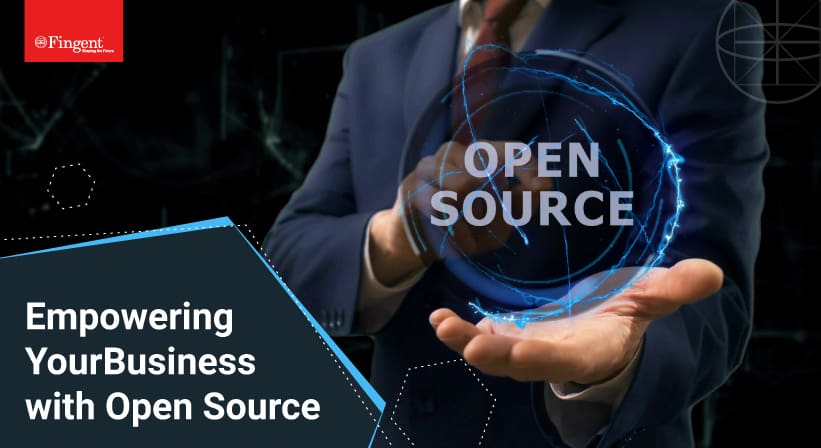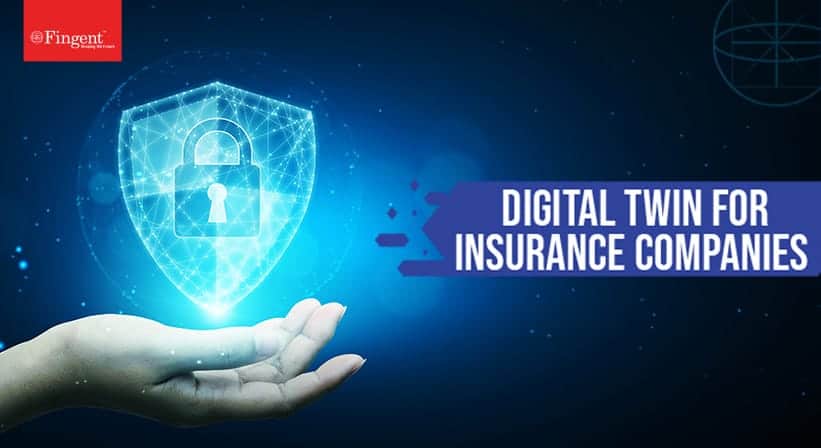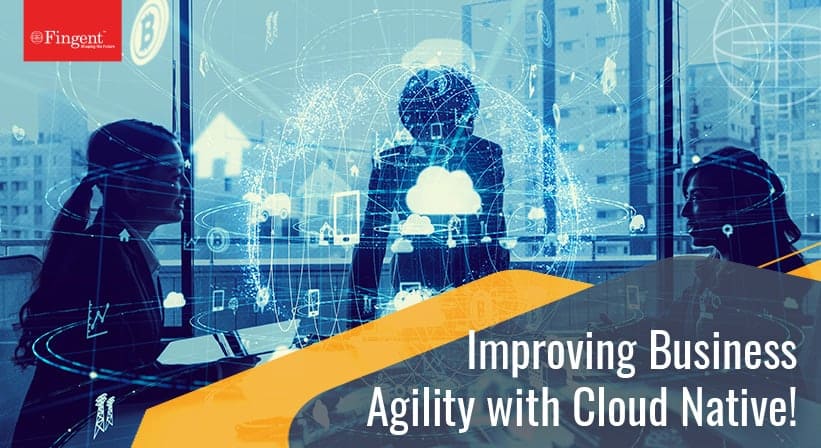A Quick Guide On Open Source Security and Risk Management
“In the digital era, privacy must be a priority. Is it just me, or is secret blanket surveillance obscenely outrageous?” – Al Gore
The internet is a great big place with infinite doorways. It continuously upgrades, and with these upgrades come a lot of benefits, although sometimes risks may need to be taken. Open Source is one of the many great developments in computer technology.
Open source is quite literally everywhere. It surges with immense power and serves as a strong foundation for most commercial codebases. It is intricately intertwined with modern developments to such an extent that code owners are often ignorant of the open-source components in their own software.
In this article, we will briefly examine what Open Source is, its potential problems, how to solve these problems, and some best practices to follow when developing open-source software.
So buckle up; it’s quite a journey!
What Is Open Source?
Open Source software, in simple words, is software that is developed and maintained through open collaboration, transparency, and public updates. It is made available, usually at no cost, for anyone to access, examine, edit, and redistribute however they like.
Open source is widely exploited by many developers and software creators worldwide for its numerous benefits. An entire generation of open-source tools is said to have been developed and used today by software developers. They use open source to enhance their creation and troubleshoot issues with a comfortable sense of security and at a very low cost.
Although open source is famous for sparing companies the extravagant licensing cost, it can inflict other slightly less jarring costs such as network integration, end-user support, and IT support. These services are generally included with proprietary software.
Despite this minor shortcoming, most companies prefer open-source software as they consider it as reliable and secure as proprietary software and feel more at home with open-source solutions. This sense of control and belonging could be because, with open source solutions, developers can inspect the program code and understand exactly what they are affixing to their computing infrastructure.
Read more: Is Open Source The Crucial Catalyst For Your Digital Transformation?
Potential Problems With Open-Source Software
As we’ve already seen above, Open Source can be a highly useful tool in software development, but due to its easily accessible nature, it tends to incur a few risks. Two of these risks are discussed in short below:
1. Long-term Sustainability
Sustainability in terms of software refers to the ability of a software program to be designed, developed, and implemented with a limited energy consumption rate and have the least amount of impact on the environment.
A recent article by Taylor & Francis Online stated that there are three distinct types of sustainability: Resource-based, interactional, and infrastructural. Resource-based sustainability refers to the ability of Open Source components to lure resources such as developers and high-value assets such as knowledge. Interactional sustainability deals with relationships that are created and sustained in open source. Finally, infrastructural sustainability, as the name suggests, deals with the infrastructure that is required for any work to be carried out.
2. Software Security
It is evident from all we have seen so far that security risks are prevalent in Open Source Software, and collaborating with these solutions can pose certain risks that require the company to be mindful. The use of open source software libraries has taken the world by storm and significantly impacted software security across various industries.
The 2023 report on Open Source Security and Risk Analysis (OSSRA), published by Synopsys, stated that the fraction of open source codebases with security vulnerabilities has consistently stayed relatively stable over the past two years.
The report also warned that considering how open source software is available as-is without any warranties, any risk that may occur solely falls on the shoulders of the user. This in turn makes the selection, security, and maintenance of Open Source Libraries the top priority in the software supply chain’s security.
Risk Management
Every form of growth in a company inevitably comes with its fair share of risks. These risks should not faze a business owner. Facing them head-on is the best solution; taking as many preventive steps as possible beforehand will help. Listed below are a few ways through which you can protect your organization and keep it locked and loaded:
1. Rely On Reputable Sources:
It is of the utmost importance that you use reputable sources when trying to download and access open-source software. This simple step will help ensure that the software you use is of good quality and has been appropriately examined and tested.
2. Ensure To Track The Licenses:
Keep a consistent track of the licenses associated with the open-source software you download and use. Doing so will ensure that you are not breaking any laws without your knowledge and are complying with the terms of the license.
3. Create An Open Source Policy:
Draft a crystal clear Open Source Policy to ensure that your company or organization is using the downloaded Open Source Software with diligence and is mindful of its sustainability.
4. Compatibility With Your Company:
This is a surprisingly underestimated risk management strategy. Always ensure that the Open Source Software you choose to implement meets your company’s needs and is aligned with your use case. This step involves examining the source code, software testing, and all relevant documentation.
5. Consider Using Assistant Tools To Help With The Process:
It is always wise to know when to ask for and when to accept help. There are many tools across the internet that can make the daunting process of tracking and managing open-source licenses easy. Use them. These tools can help decrease the chances of risk and can even foolproof your software.
6. Keep Up With The Trends:
In a world that is as fast-moving as ours, it would be foolish not to stay up-to-date with any new trends in the field of Open Source Software. Actively seek out these latest advancements in the open-source software world and how to implement them in your organization. Subscribing to relevant newsletters, following related blogs and social media accounts, and attending industry events can help you here.
7. Use Effective Integration Tools:
As mentioned earlier, using tools to help guide you through the process is solid advice, but the tools you use should also be effective. DevSec teams offer products and services that foster collaboration between DevOps and SecOps teams. These teams are highly reputable and widely used across the world. These teams can help you integrate security in your open-source software deftly from the very start.
Read more: How to ensure safe use of open source libraries.
Mitigate Risks and Leverage Strengths with the Right Partner
As is the case with many technological developments, Open Source has its fair share of benefits and risks too. It is cardinal to carefully analyze the security of Open Source Software before implementing it. Security should be the top priority of any company, and it should not be compromised at any cost.
Although Open Source Software may not be subjected to the same level of security testing as proprietary software, the entire process must not be neglected. Always remember that whatever risk is posed by these programs, careful planning and management can help you sail smoothly in heavy storms. Make a note to understand the risks and take wise precautions properly. This will help you incorporate and maintain strong security.
Fingent has worked with clients worldwide to build custom software solutions for them by leveraging several open source software development kits. Our experts know how to mitigate the risks and use the strengths of these software to create solutions that will catapult your business way ahead of the competition.
Give us a call, and let’s get to the details.
Stay up to date on what's new

Recommended Posts

20 Aug 2024 B2B
Legacy Software Modernization: An Inevitable Path For Businesses
Wine and wisdom get better with age. But software doesn't. That's why experts say legacy software modernization is inevitable for modern businesses. Picture this! Ten years ago, you might have……

15 May 2024 Financial Services B2B
Custom Payment Processing Solution: A Game Changer For Your Business
How can a custom payment processing solution change your business? The benefits are many: streamlined payment processes, safe transactions, easy fraud detection, and better customer experience. However, you might wonder……

18 Jan 2024
Why Are Leading Businesses Prioritizing Application Modernization
“In Today’s era of volatility, there is no other way but to re-invent. The only sustainable advantage you can have over others is agility, that’s it. Because nothing else is……

20 Dec 2023 B2B
Driving Smart and Sustainable Agriculture with Customized Technology!
As the world grapples with the challenges of climate change, soil degradation, and resource scarcity, agricultural organizations find themselves at a critical juncture. The urgency for adopting sustainable farming practices,……
Featured Blogs
Stay up to date on
what's new














